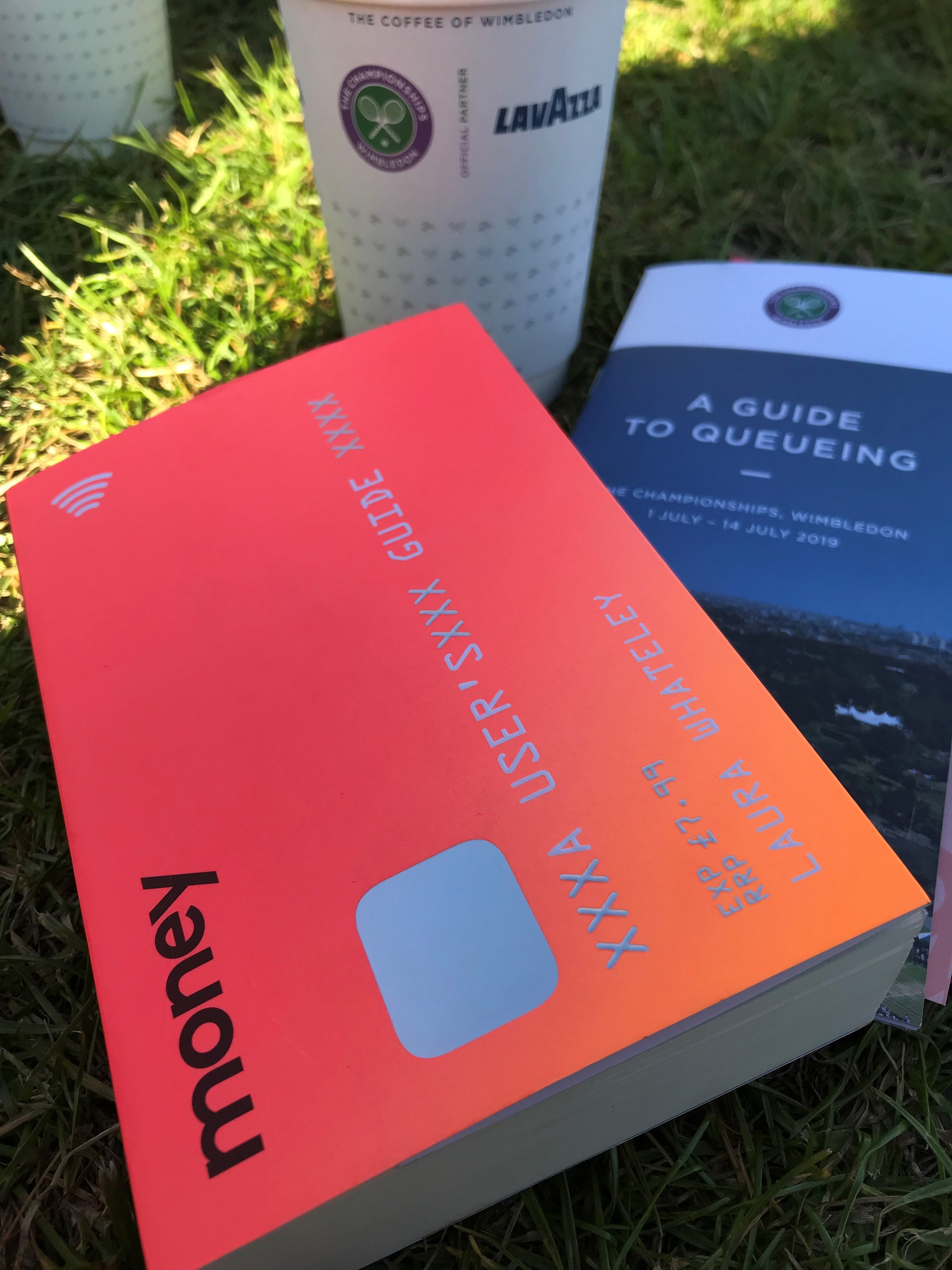Even if you’re just shopping for one, saving on groceries can be challenging. But when you have multiple mouths to feed, especially kids, it can seem impossible to save money on food shopping. Whether you’re a family of 3 or 10 (plus the dog), these 15 handy tips will teach you how to spend less on food, while still preparing healthy meals.
What's Included?
1. Shop alone
This may not be an option for everyone, but you will find it a lot easier to resist temptations without the kids begging for pizza, chocolate, or mini hamburgers. Shopping with kids can be is always stressful, which makes you more likely to give in to their requests.
You may also be persuaded into buying yourself some unnecessary treats like a cream cake or some wine. Although you would deserve these after your shop (and it is always hard to walk by a cake), it doesn’t help your aim to save money and you would likely regret your purchases later!
Making shopping less stressful can help you resist unnecessary purchases and stick to what you need.
2. Shop less often
By shopping less often you expose yourself to less temptation. Start by leaving an extra day between shops and gradually increase the period, to 1 shop a week or less.
By shopping less, you are also more likely to use all the food in the house, reduce waste, and therefore only buy what you need. When you buy new food, any food already in the house is likely to be thrown away in favour of fresher items.
However, with large gaps between big shopping trips you’ll probably need to top up on fresh items, like fruits and veggies. It’s important that you only buy items that you need! Don’t get a basket in the shop and only take the cash you need so you won’t be tempted to buy anything else!
3. Use up all your food
By eating all the food you buy, you reduce waste. Throwing food away is essentially throwing away money – so try to use it all!
Make sure to regularly check the best before date, and if anything is about to go off be sure to use it in your next meal or snack.
One clever trick is to save the tips of vegetables you’d normally throw out, and freeze them in a ziplock bag. Once you have enough, you can use these to make a healthy vegetable stock for using with other dishes.
The freezer is your friend. Preparing meals in bulk and then freezing leftovers not only saves cooking time, but also can help make sure you don’t leave anything to go off just sitting in your fridge.
Just make sure to check whether you can freeze food first. You’d be surprised by the amount of food that becomes yucky when frozen.
4. Make a list (and stick to it)
To make sure there’s no waste, plan what meals you’ll be eating and make a shopping list accordingly.
Keep checking this list when out shopping and only buy those items. And don’t copy my mum and tag chocolate on the list with a question mark – she always just ends up buying some!
If you know you struggle with temptation and getting distracted by offers on the shelves, try online shopping. Or you could take only the amount of cash you’ll need instead of a credit card, so you physically can’t buy extra items.
5. But still be flexible
Stick to the plan and be flexible? There may seem to be mixed messages here. But you can do both!
For the day you’re doing the shopping, you could leave your meal plan blank and choose to buy yellow-stickered items that are massively reduced for your tea or dinner. These reduced items are generally best used by that day.
Check local shops to get an idea of when products start to get reduced, as this varies from store to store.
My best yellow-stickered bargain is getting a pack of 4 scones for 19p, reduced from £1.80. I ate them for my tea, and because I actually needed food for these meals I saved a little money.
If I’d bought them without a clear idea of when I would eat them, and already had food to eat, I would have spent more than I needed to. This would have actually made more waste that could have been avoided.
6. Go exploring
Shop around to find the best deals – some items will be cheaper in different shops.
Going to cheaper supermarkets like Aldi can be good for long-term food items like canned food. Depending on your budget, you can also try elsewhere for fresher foods.
Have a look at local stores and markets and compare prices with supermarkets as they can sometimes be cheaper. Also, it’s often easier to buy smaller portions than it is in supermarkets (e.g. buying meat from a butchers) so you only buy what you need.
By going to different shops and not just sticking to one supermarket, you are more likely to find better deals.
7. Buy items on offer
But only use these offers if you were already going to buy the items and actually use/eat them.
Only buy as much as you need, but if they have a long shelf life like a can of baked beans then stock up! If you eat baked beans of course…
It’s too easy to see something on offer and think ‘Bargain!’ but it is only a bargain if you save money! And spending money on reduced items that you don’t need or eat is definitely not a bargain.
8. Take advantage of vouchers and loyalty schemes
If you use them wisely (i.e. don’t buy extra items or items you wouldn’t normally buy) then you can make savings on your shops.
You shouldn’t necessarily go out of your way to go to a different shop to spend a voucher you may have. Vouchers are designed to make you spend more at a shop so proceed with caution! Basically, use them if they fit in with you, but don’t use them as an excuse to buy extras.
And if you do use vouchers, make sure you use them before they expire!
9. Choose own brand ‘value’ products
Often you can’t taste much, if any, difference between the cheapest range of products and branded products or ‘luxury’ supermarket ranges.
If you’re wondering how to spend less on food, you could try substituting the cheaper ‘value’ items into your meals and see if anyone notices the difference. If they don’t, then you can regularly save more money!
10. Choose own brand ‘value’ products
They are fine occasionally, but it is often cheaper to make your own foods, especially if you’re feeding multiple mouths.
It is easier to spend less on food if you buy in bulk and cook in bulk as this can serve several meals, unlike microwave meals. Especially if you’re feeding growing children with never-ending appetites, the small packaged portions are never enough!
Making casserole, chilli, curry etc. are filling meals that are much cheaper than buying them ready made. They can generally be stored in the fridge for a day or two to be a meal for the next day too (and can be heated quickly with no preparation!)
11. Buy unpackaged veg
By choosing individual, unpackaged products, you only buy what you need and save on plastic at the same time!
If you need 3 carrots, buying 3 individual carrots is much better value than buying a bag.
12. Bake and cook your treats
Baking and cooking can not only keep the kids entertained but can also save money.
I’m thinking particularly about making flapjacks and little energy bars or snacks. In shops they can cost a lot of money and often have lots of sugar and additives, so they’re not only expensive but can be unhealthy.
By making your own snacks, you know exactly what’s going in them, and you can make them to your taste so they will definitely all be eaten! There are lots of recipe ideas online you can experiment with to find ones you like.
13. Buy fewer expensive foods
Here’s an obvious way to spend less on food: Spend less on food.
Meat can be very expensive, so buying less of it can save several pounds.
Of course meat is often a staple of meals and is nutritious, and I’m not saying you should completely abandon it if you don’t want to. But there are vegetarian dishes you could try, using pulses, beans, and vegetables that still make a filling meal.
Have a look at and try some recipes that are online. You may be pleasantly surprised by how filling and cheap meat free meals can be!
14. Stick to aisles you need
Here’s another very simple way to spend less on food: if you don’t need anything in an aisle, don’t go down that aisle! If you go down an aisle ‘just to have a look’, you risk buying some unplanned items.
It is these times where you can be lured into buying 4 packs of biscuits for half price when you already have 2 unopened packs at home. I may or not be speaking from personal experience here…
15. Don’t shop hungry
Finally, the ultimate rule for how to spend less on food: NEVER go shopping when you’re hungry!
This is hardly new advice, but it is still important to mention. Too many people have eyes bigger than their stomachs when they shop hungry, so they end up buying far more than they need.
And the extra food that is bought always seems to be chocolate and cakes rather than an excess of apples or grapes. If you shop after eating, you’ll be less likely to crave food when you see it. This way it’s easier to stick to the essentials!
Credibble offers two fabulous solutions
If you’re preparing to take a mortgage, never apply until you’ve tried our unique and FREE Credibble Home app. Our smart technology will tell you what you need to fix so you avoid rejection. The app predicts when you will be able to buy, for how much and tracks your month-by-month progress to mortgage success. We’ve even added your own mortgage broker, so you get the best deals available.
More focused on your credit rating? Well, get started for free with Credibble’s 24- Factor Credit Check to truly help you improve your creditworthiness and how lenders view you. (Remember: lenders don’t use your credit score! We’ll show you what lenders look for and how to get your credit report in the best shape possible).
Last updated by Robert Edwards, May 2022









